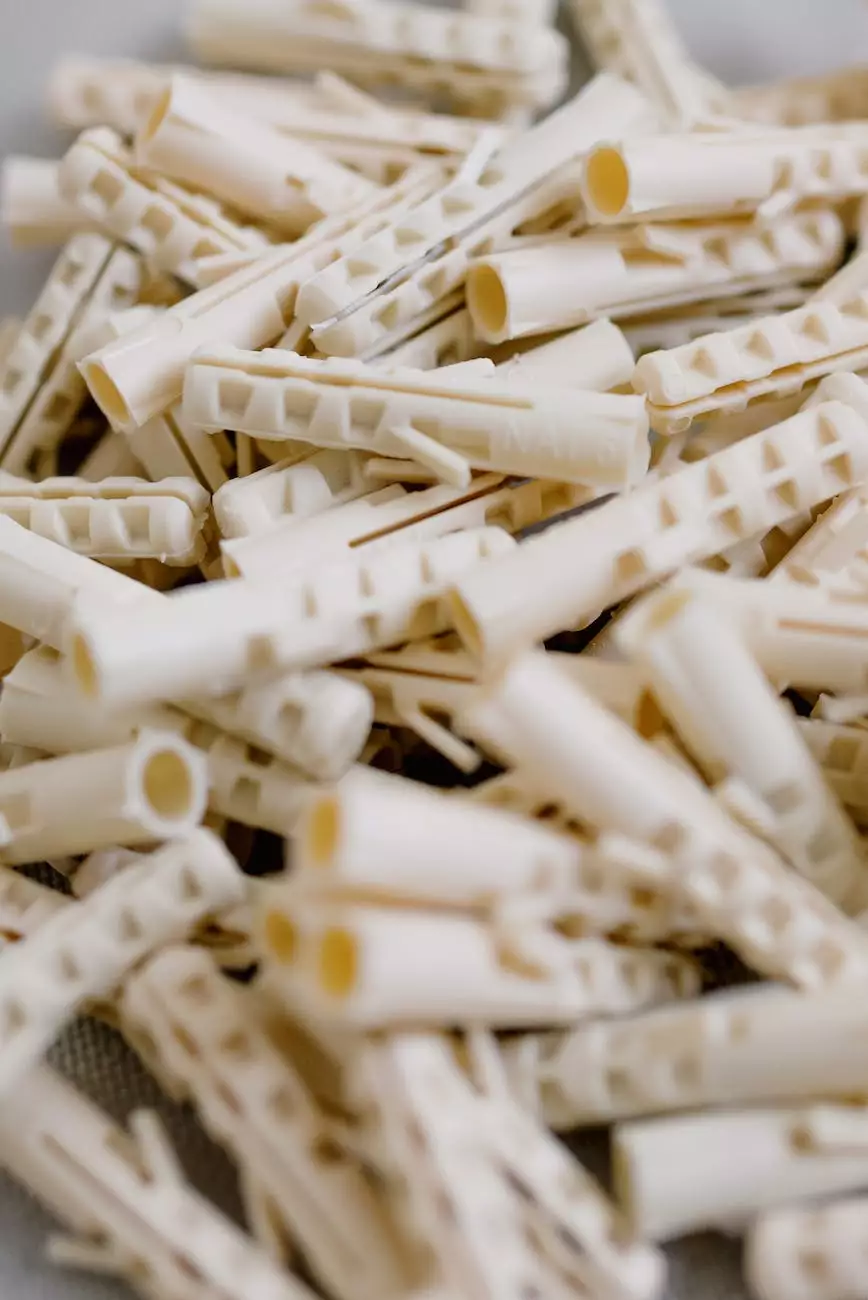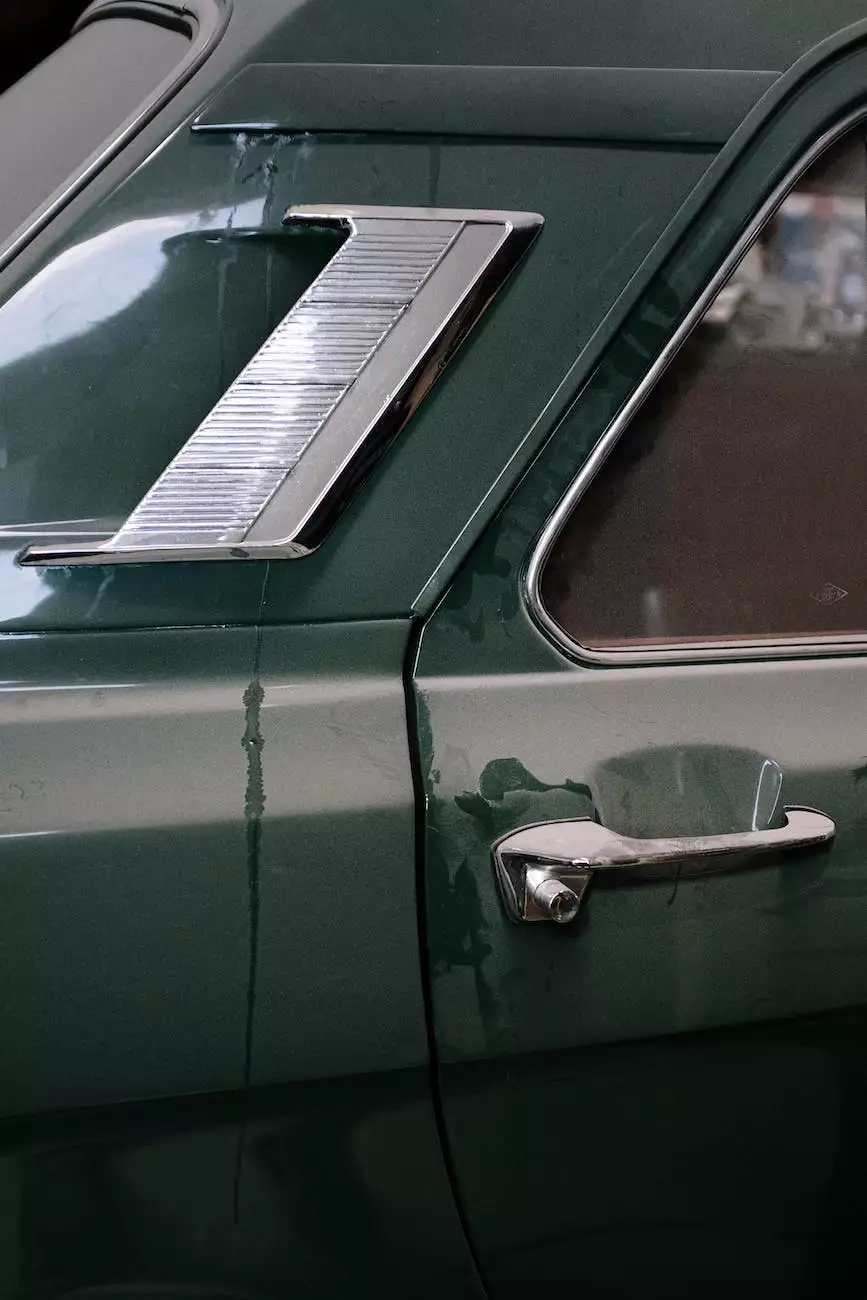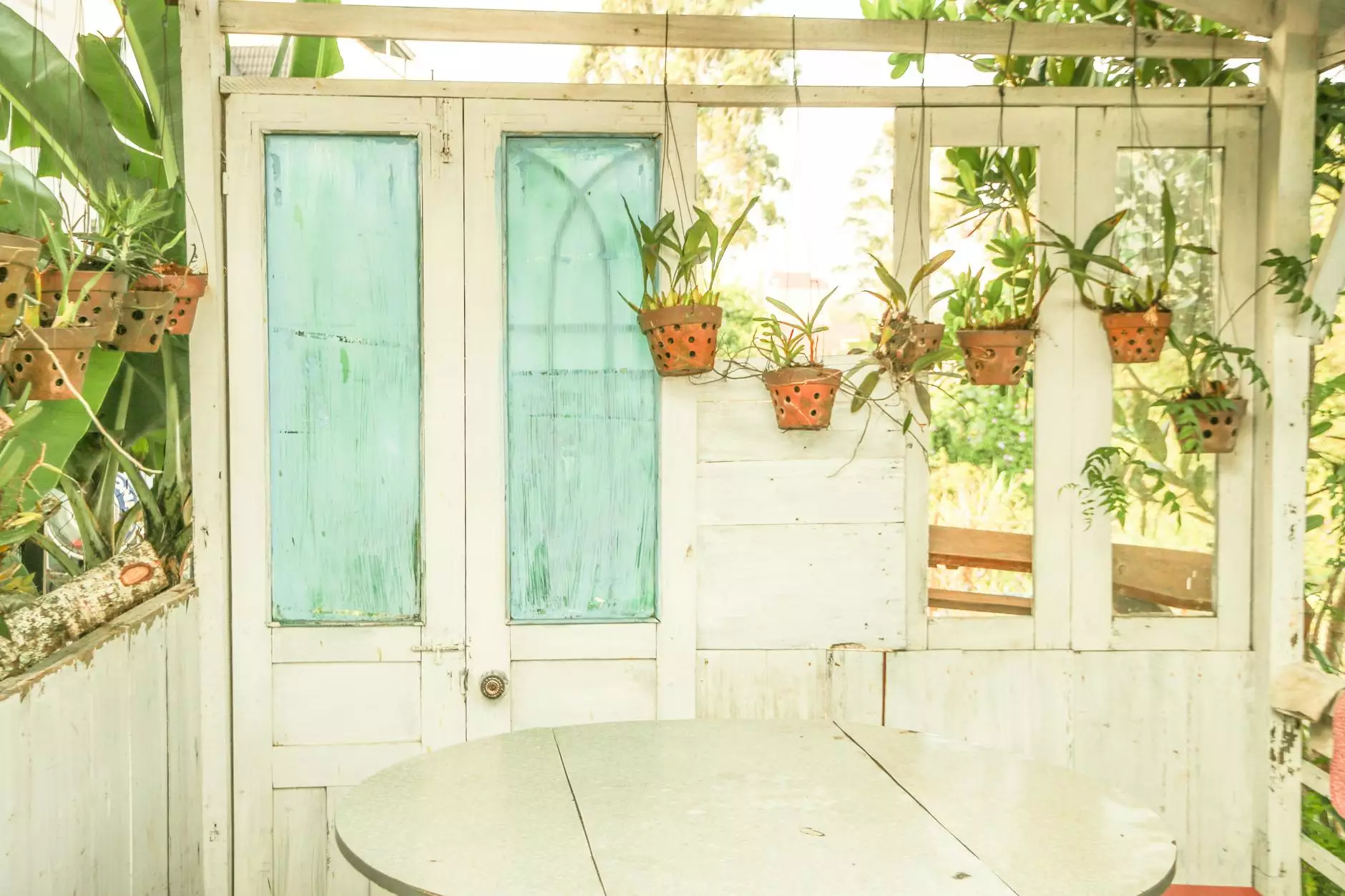Do It Yourself - Alliance Garage Doors & Openers
Garage Door Image Gallery
Introduction
Welcome to Xpress Garage Door's comprehensive guide on how to perform various DIY (Do It Yourself) tasks related to garage doors and openers. In this article, we provide expert advice, step-by-step instructions, and insider tips to help you successfully complete your DIY garage door projects.
The Importance of DIY
Doing tasks yourself can not only save you money but also give you a sense of accomplishment. By learning essential skills for garage door repairs and installations, you can avoid the hassle of scheduling a professional service and have the freedom to tackle projects at your convenience.
Tools and Materials
Before starting any DIY project, it is crucial to have the right tools and materials. Here is a list of commonly used items for garage door projects:
- Screwdrivers: Both flathead and Phillips screwdrivers are essential for various tasks.
- Adjustable wrench: Used for tightening and loosening bolts and nuts.
- Tape measure: Helps ensure accurate measurements for installations and adjustments.
- Pliers: Useful for holding, twisting, and cutting wires or cables.
- Ladder: Provides access to higher areas of the garage door system.
- New garage door parts: Depending on your project, you may need new rollers, springs, cables, or other components.
Common DIY Tasks
Below, we will explore some common garage door DIY tasks along with detailed instructions on how to perform them.
Garage Door Opener Installation
If you're looking to install a new garage door opener, follow these steps:
- Gather all required materials: Ensure you have the necessary tools and a compatible garage door opener kit.
- Prepare the area: Clear the garage floor and ensure there is enough space for the opener installation.
- Attach the rail: Mount the opener rail to the ceiling, following the manufacturer's instructions.
- Install the motor unit: Attach the motor unit to the rail and connect the necessary wires.
- Attach the trolley: Place the trolley on the rail and secure it according to the instructions.
- Test and adjust: Power on the opener and ensure it operates correctly. Adjust the force and travel limits as needed.
- Install sensors and accessories: Mount the safety sensors, keypad, and other accessories based on the manufacturer's guidelines.
- Test the safety features: Verify that the opener's safety features, such as the auto-reverse mechanism, are working properly.
Garage Door Spring Replacement
Replacing garage door springs can be challenging but doable with proper guidance. Follow these steps:
- Gather the necessary tools and materials: Ensure you have the right size and type of springs, winding bars, safety glasses, and gloves.
- Ensure safety: Disconnect the opener from the power source and release the tension in the old springs.
- Remove the old springs: Carefully and slowly remove the old springs, paying close attention to their position.
- Install the new springs: Position the new springs and secure them according to the manufacturer's instructions.
- Test the functionality: Reconnect the opener and test the door's functionality and balance.
Garage Door Roller Replacement
Replacing worn-out or damaged rollers can improve the smooth operation of your garage door. Here's how to do it:
- Gather the required tools: Have a set of replacement rollers, pliers, and a helper (if needed) ready.
- Secure the door: Lock the garage door in place or use clamp pliers to prevent accidental opening.
- Remove the old rollers: Detach the existing rollers by removing the brackets that secure them to the door.
- Install the new rollers: Place the new rollers into the track and reattach the brackets securely.
- Test the door: Carefully operate the door a few times to ensure the new rollers are functioning correctly.
Conclusion
With the information provided in this comprehensive guide, you are now equipped with the knowledge and skills necessary to confidently tackle various DIY projects related to garage doors and openers. Remember to prioritize safety, follow manufacturer guidelines, and seek professional help if you encounter any difficulties beyond your expertise or comfort level. By taking the DIY route, you can save money, learn valuable skills, and gain a sense of accomplishment. Happy DIYing!










